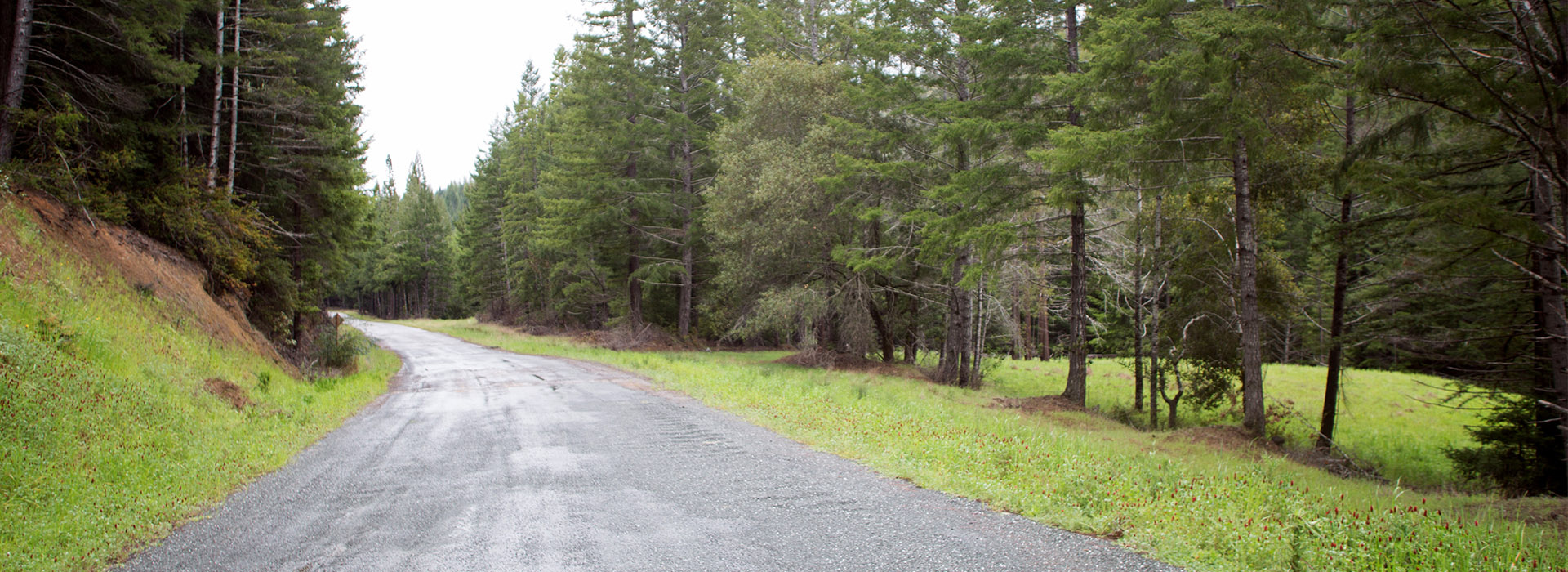
Forest & Road Restoration
Forest Restoration
Our forest restoration work is focused on returning the forest to the proper balance of conifers and hardwoods. Currently, the Mendocino Redwood Company forestlands have many forested acres which are dominated by hardwoods in areas that previously grew and retained conifer cover, while the Humboldt Redwood Company forestlands are mostly in balance. We primarily use Herbicides to reduce the dominance of hardwoods in these out of balance stands. Once hardwoods have been reduced, planting crews re-plant the area with conifers. Many of these previously hardwood-dominated stands have now been returned to young conifer forest.
Additionally, both MRC and HRC use herbicides to control invasive, exotic species which threaten the success of native plant species within our forestlands.
Road Restoration
Our companies own and manage a large network (2,400 miles for MRC, 1,800 miles for HRC) of forest roads. We budget significant funding on an annual basis to upgrade, relocate and retire historic roads. This effort is based on the belief that road improvement will have the largest and most immediate positive impact on reducing sediment in the streams. Improperly designed roads and stream crossings are the primary sources of man-made stream sediment on our forest lands. Past road practices still contribute to chronic sediment loading. Priorities for road projects are based on the volume of sediment that can potentially be controlled and the risks of imminent failure to the road or drainage structures. We complete road surveys to assess this potential volume of sediment and to better map the location of roads and road structures. This comprehensive road inventory and database of all roads on the MRC ownership is expected to be completed by 2010 and by 2012 on HRC land. See our Watershed Analyses for more details.
Investment in road work is prioritized as follows:
- Redesigning roads to improve drainage and reduce sediment inputs to streams (storm proofing) and using road construction techniques that reduce the chance of road failures (full bench-end haul of spoils on slopes over 50% side-slope);
- Rehabilitating problem roads to correct chronic conditions resulting from past practices, and decommissioning poorly located roads such as roads within stream zones;
- Repairing ordinary road wear, including replacing culverts or removing culverts and replacing with rocked fords;
- Upsizing culverts to allow for more water flow (this reduces the possibility of the culvert plugging or washing out in a big storm);
- Replacing culverts with bridges to improve fish habitat.
We report on annual trends in forest restoration and road restoration work.